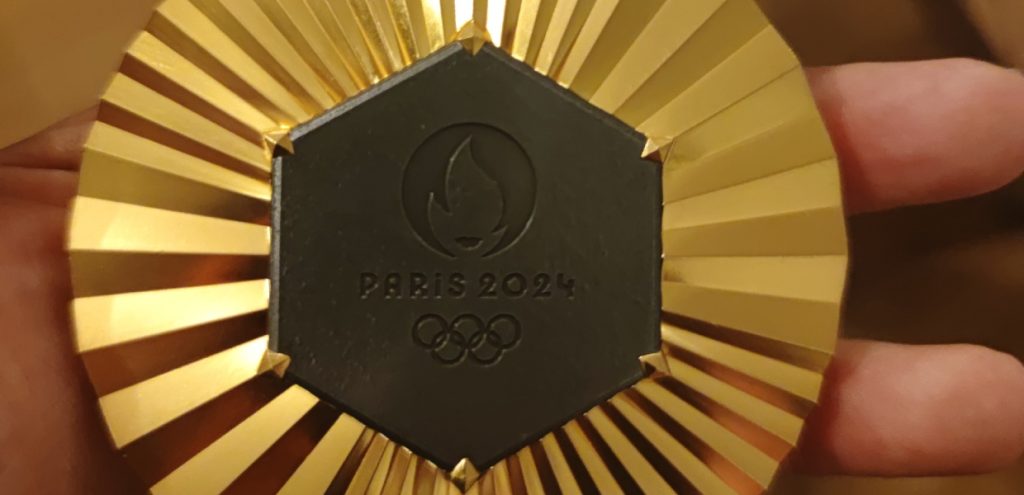Blog
Changes in the Game Characteristics of a Badminton Match: A Longitudinal Study through the Olympic Games Finals Analysis in Men’s Singles

Introduction to the Article
The article, Changes in the Game Characteristics of a Badminton Match: A Longitudinal Study through the Olympic Game Finals Analysis in Men’s Singles, authored by Guillaume Laffaye, Michael Phomsoupha, and Frédéric Dor, explores how badminton at the elite level has evolved over a span of two decades. Through an in-depth analysis of Olympic men’s singles finals from 1992 to 2012, the study reveals key shifts in the game’s temporal structure, shot distribution, and tactical approaches. These findings provide valuable insights into the increased intensity and strategic complexity of modern badminton.
Key Aspects of the Study
One of the most striking observations of the study is the significant change in the temporal structure of matches. Over the analyzed period, the frequency of shots increased by an impressive 34%, reflecting a notable acceleration in the pace of play. At the same time, the effective playing time—the percentage of match time spent actively rallying—decreased by 34.5%. This decline highlights the growing physical and tactical demands placed on players, as they are required to maintain a higher intensity during rallies while also managing shorter recovery periods. The study also notes that rest times nearly doubled, likely due to the increased energy expenditure and recovery needs associated with the more intense style of play.
In addition to the changes in temporal structure, the analysis of stroke distribution offers another perspective on the evolution of the sport. While the overall use of strokes remained relatively consistent, the clear exhibited significant variability, particularly between 1992 and 2004. This fluctuation underscores how tactical choices, such as the strategic use of clears to control the pace of the game, have adapted to new styles of play. Furthermore, the study finds that unforced errors continue to account for the majority of points in matches, while direct points and forced errors play supporting roles in determining outcomes.
The study also sheds light on how these developments impact the physiological and tactical demands of badminton players. The increase in shot frequency and the intensity of rallies necessitate a higher level of aerobic and anaerobic conditioning. Players must now not only sustain high-intensity efforts for longer periods but also recover more effectively during shorter breaks. On the tactical front, the ability to adapt rest time for strategic planning and the shift towards flatter, faster trajectories demonstrate the increasing complexity of the sport.
Conclusions and Practical Applications
The findings of this longitudinal study emphasize the need for updated training practices that reflect the modern demands of badminton. The first study finding indicates a high shot frequency, about 1.26 shots per second, which is one of the characteristics of the modern Badminton, in accordance with other recent studies. That means that this parameter has to be included in the training design to be as close as possible to the reality of a game and to be highly competitive for elite level.
The second main finding of this study is the change of the temporal structure of the game, with an increase of the rest time and a decrease of the effective playing time due to the increase of the intensity of the game. The training design for a metabolic purpose has to take into account this new data, by using a ratio of work-ing time on rest time about 1:3 with a high intensity of the rallies.
Laffaye, G., Phomsoupha, M., & Dor, F. (2015). Changes in the game characteristics of a badminton match: A longitudinal study through the Olympic Game finals analysis in men’s singles. Journal of Sports Science and Medicine, 14(4), 584-590



